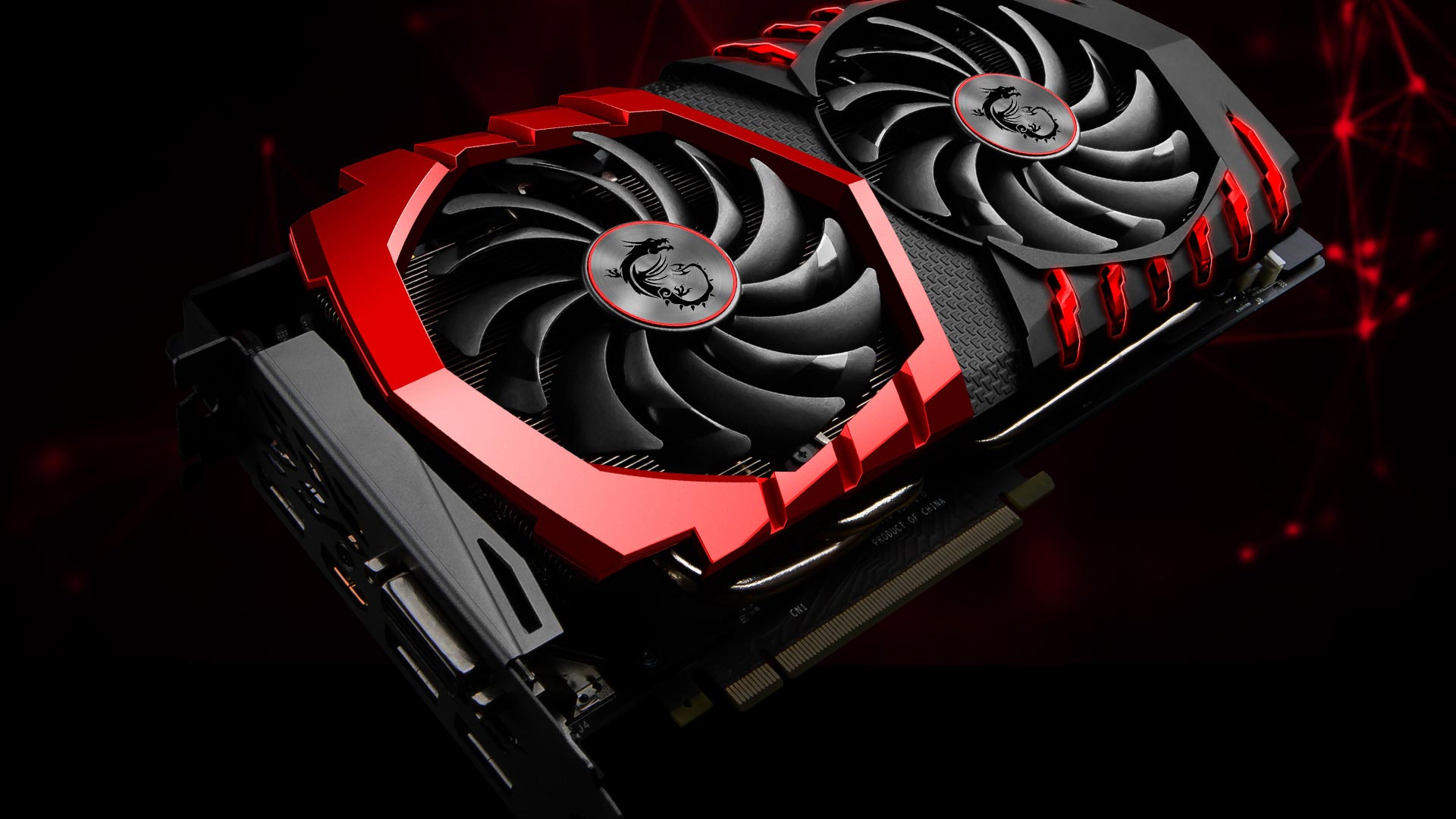 “What kind of graphics card do I need for gaming?” is a deceptively simple question. From this one question, a score of others arise like a hydra. So many questions, in fact, that you can get lost and overwhelmed in the deluge. But do not worry! I am here to cut down the clutter and give you the most important factors to consider when you are video card shopping. I like to approach the situation like completing a puzzle. Each adjoining piece should be carefully inspected and examined, so that you can find the right fitting final piece, your new graphics card.
“What kind of graphics card do I need for gaming?” is a deceptively simple question. From this one question, a score of others arise like a hydra. So many questions, in fact, that you can get lost and overwhelmed in the deluge. But do not worry! I am here to cut down the clutter and give you the most important factors to consider when you are video card shopping. I like to approach the situation like completing a puzzle. Each adjoining piece should be carefully inspected and examined, so that you can find the right fitting final piece, your new graphics card.
Basic numbers: RAM and clock speed
This is the simplest shopping requirement: get as much RAM and clock speed (overall and memory clock speed) as you can afford. More RAM and higher clock speeds means more raw power.
Graphics card power needs
You may not know the wattage of your PC power supply off the top of your head. Do yourself a favour and check before you invest in a new video card. A beast of a video card needs a 750W power supply, which exceeds the capacity of most entry-level PCs. Make sure you have the juice to run your new card.
Ray Tracing
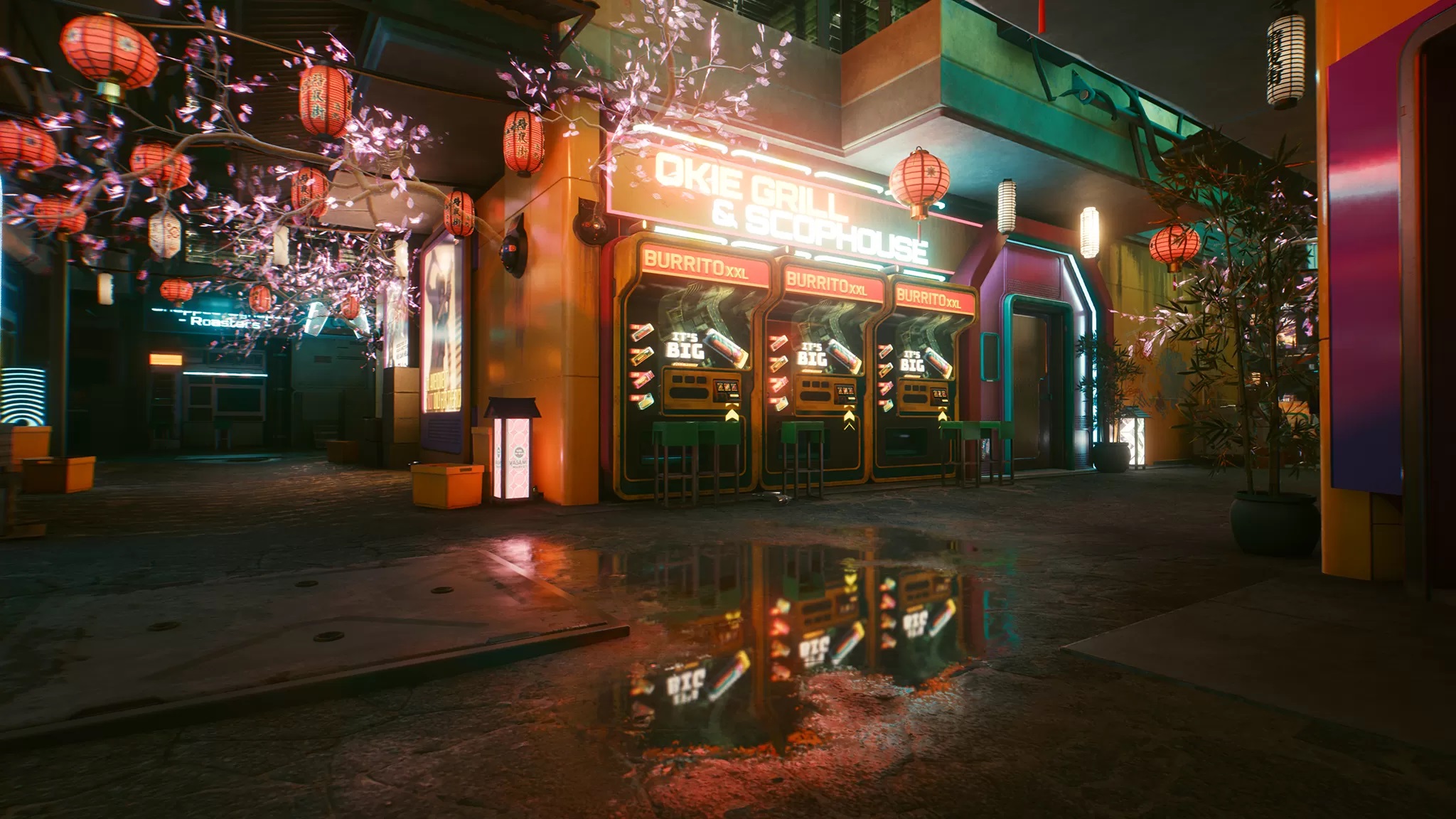 You don’t know Ray Tracing? Allow me to introduce him (note: he is a technology, not a person). Ray tracing is the newest rendering technology that controls the display of light and shadow. Your video card will map the path of each beam of light (AKA trace the path of each ray) and update the light’s behavior as the environment and the character’s perspective changes. It’s a technology that requires a lot of computational power, and the newest video cards now have the capacity to provide that power.
You don’t know Ray Tracing? Allow me to introduce him (note: he is a technology, not a person). Ray tracing is the newest rendering technology that controls the display of light and shadow. Your video card will map the path of each beam of light (AKA trace the path of each ray) and update the light’s behavior as the environment and the character’s perspective changes. It’s a technology that requires a lot of computational power, and the newest video cards now have the capacity to provide that power.
The 8K challenge
We are all tempted by the newest, most powerful options when shopping. Gaming in 8K resolution sounds like a good idea eventually. Beautiful images drawn with overwhelming detail, mapped out across your screen. But the trick is you need content designed for 8K, and a whole computer system and monitor that can handle it. The lengths you need to go to to be 8K-ready right now are mildly overwhelming. In other words, consider 8K as a medium to long-term option but don’t base your decision on it.
Space in the case for your graphics card
Before you spend serious money on your new video card, take a peek in your PC case. You may not even have enough room on your motherboard for it. Some cards need two PCI-E card slots, and they cannot work in a PC that only has one. There’s also physical space to consider. A small form factor case will have a hard time fitting your beefy new video card, no matter how gently you coax it in. And no, you absolutely cannot hack off the corner of the card to get it to fit in the case.
Outputs and connectors

I know this seems too simple to talk about, but taking it for granted that you can connect your new card to your monitor can lead to frustration. HDMI, DVI, display port, s-video and VGA are all possibilities. Think about all the devices you’ll want to connect to your new video card, and make sure the right ports are available. The primary one is, of course, the connector for your monitor. Your gaming will suffer if you stoop to using an adapter to compensate for a missing connection. The newest standard that you should be on the lookout for is HDMI 2.1. Your quest for the best video image will need as much data throughput as possible, and that is what HDMI 2.1 allows.
Virtual reality
Personally, I am still wary of VR gaming. It seems to have a high potential for sudden nausea, and I’ve never had a pair of goggles sit comfortably over my glasses. I am not you, however. If VR gaming intrigues you, pick a card that can support it. Be prepared for a few performance trade-offs. Virtual reality takes an astounding amount of processing power to create, so either your immersive world slows down, or the image quality has to drop. And maybe lay down a drop sheet in case things get messy.
The current video card champion: Nvidia RTX series
When it comes to being at the head of the pack, Nvidia is the current industry leader. Their RTX line of graphics cards has 4 different models that vary in power and cost. Their competitors will catch up soon, but for now these are the cards you’re going to look for if you want the best. You can find more information about the new line here: Announcing new Nvidia video cards arriving at Best Buy
Nvidia RTX 3060/3060Ti
The 3060 and the 3060 Ti are the base models of the RTX. They’re the most affordable, and they still have all of the primary features offered by their more powerful siblings. They take up 2 PCI-e slots, but only one supplementary power connection. And they have HDMI 2.1 so they are ready for the newest monitors.
Nvidia RTX 3070
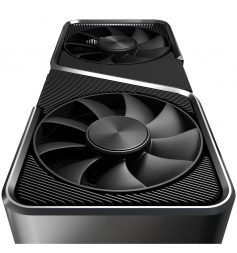
This is the next incremental step up. The 3070 has more GPU cores at a higher clock speed, so you’ll get more performance than the 3060. It also needs a bit more power.
Nvidia RTX 3080
There’s a lot of more with this card: more GPU cores, more RAM, more memory interface width. It also needs more power (750W) so plan ahead.
Nvidia RTX 3090
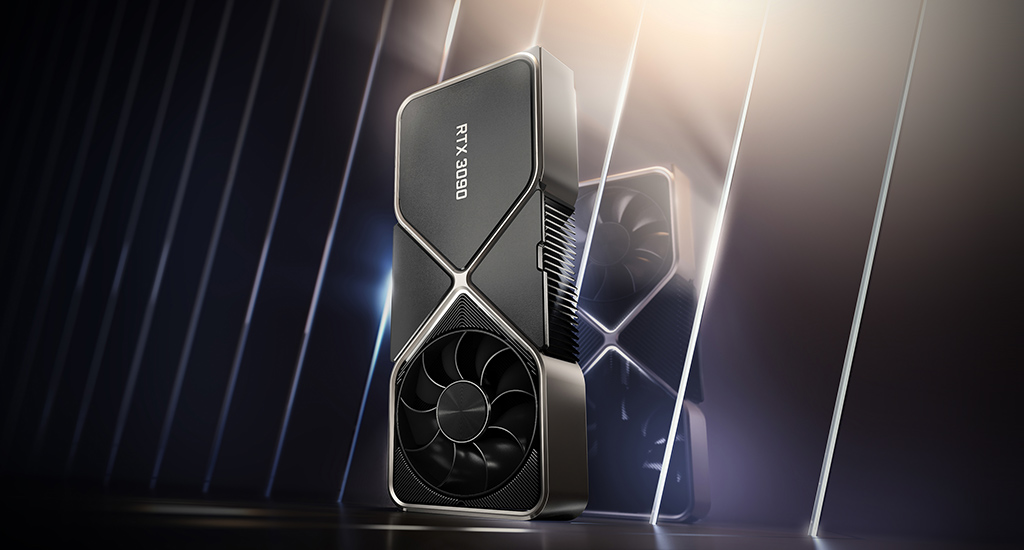 The Nvidia RTX 3090 is the top of the line card for the most serious PC gamers out there. You’ll need 3 available slots to accommodate this massive powerhouse. It has over 10 000 GPU cores! That is a lot of power. And the 24Gb of ultra-fast GDDR6X RAM is nothing to sneeze at.
The Nvidia RTX 3090 is the top of the line card for the most serious PC gamers out there. You’ll need 3 available slots to accommodate this massive powerhouse. It has over 10 000 GPU cores! That is a lot of power. And the 24Gb of ultra-fast GDDR6X RAM is nothing to sneeze at.
Overall
When you’re buying a new graphics card for your gaming PC, the decision comes down to a few key points. Know your budget, so you don’t spend more than you can afford. Know your PC’s capacity and what it can handle in a video card (or two). And be clear about what you do and do not need the card to do. For an additional perspective, check out this article: how to find the right graphics card for your computer.

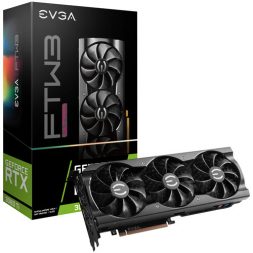
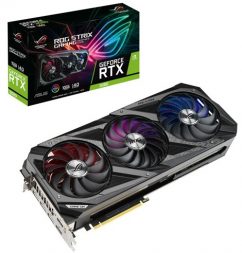



I like to hear from you AMD radeon RX 6700 XT launch day in bestbuy???
Is this article sponsored by Nvidia?
How do I get a 3060 Ti FE from Bestbuy?
Comments are closed.